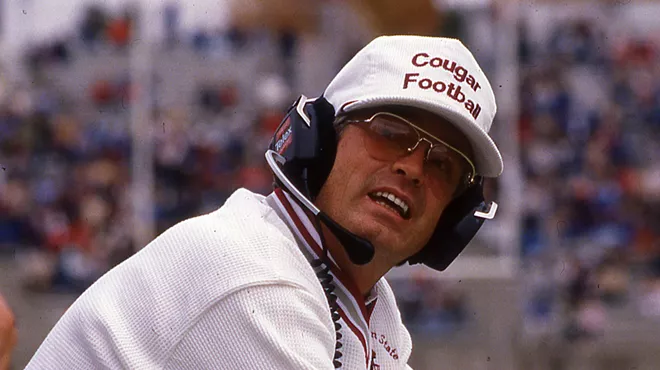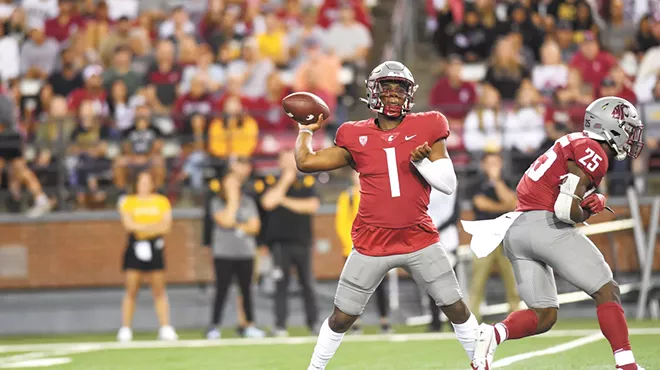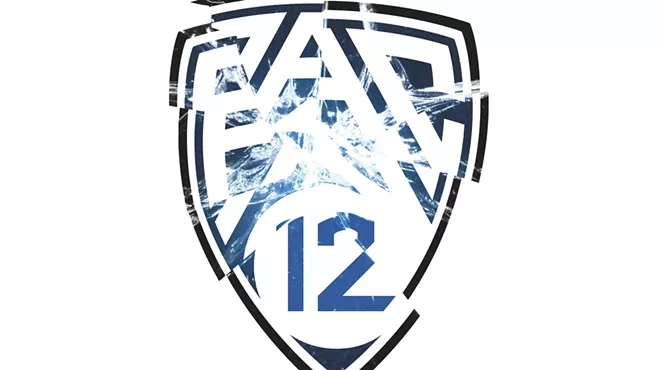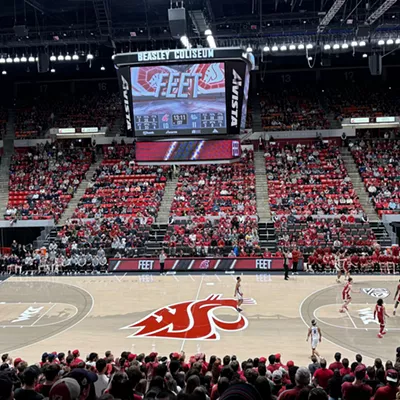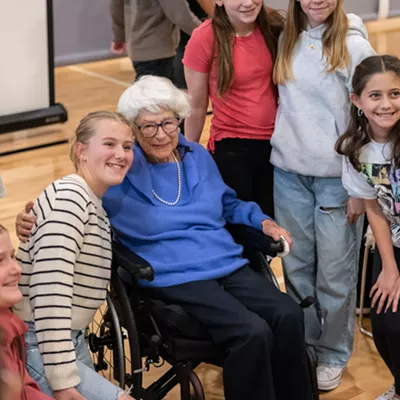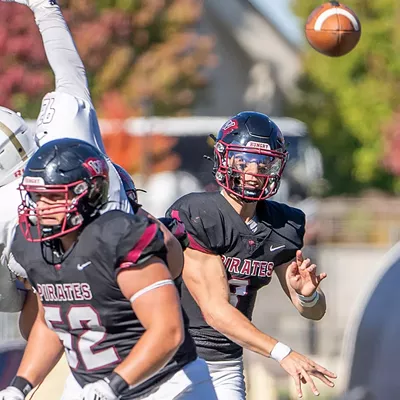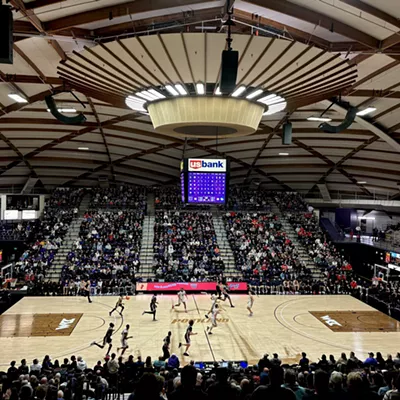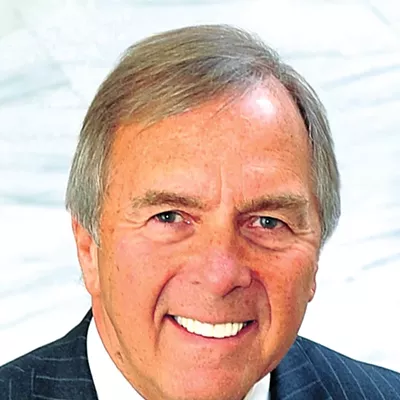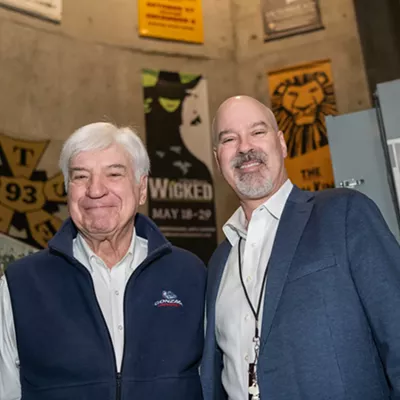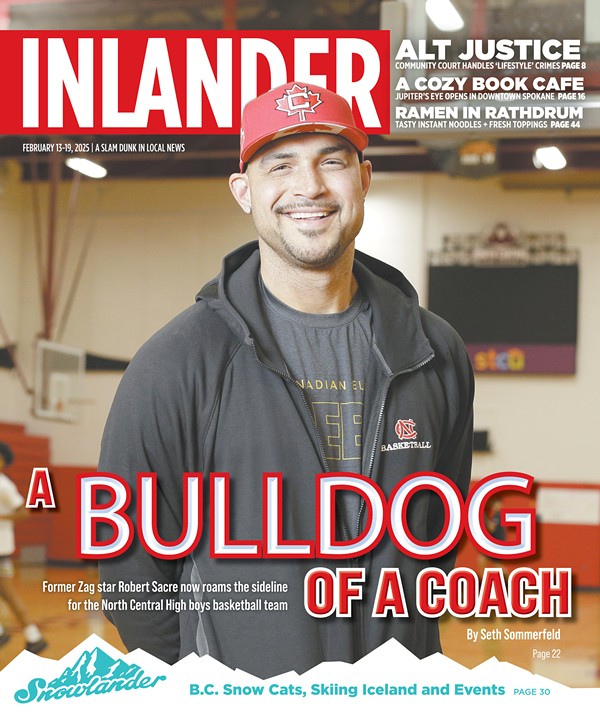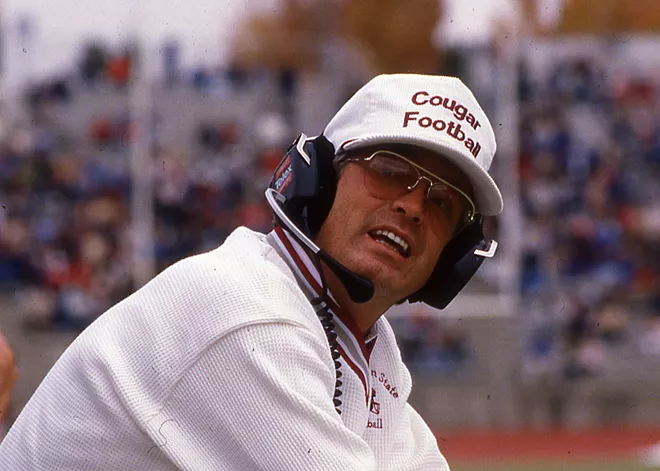
In the late-1970s, innovation covered the Bay Area like the morning mist. By 1979, the fledgling Apple computer team of Steve Jobs and Steve Wozniak was pushing the envelope of electrical engineering, refining the computers that would lead to the revolutionary Macintosh.
Their tinkering was about to change the world.
That same summer, just 10 miles from their modest office in Cupertino, a new coach took the reins of the San Jose State Spartans football team.
Head coach Jack Elway wanted to launch a revolution, too — on the gridiron instead of a circuit board. He planned to storm the walls of college football with the designs that high school coach Jack Neumeier had developed in Southern California. It just so happened that Jack's son — NFL legend John Elway — was starting his quarterbacking career under Neumeier's tutelage. In the process, Jack Elway also boosted the career of his offensive coordinator, Dennis Erickson.
Erickson and Elway were both Washington state natives — Erickson from Everett, and Elway from Hoquiam. Together, they, too, followed the lure of innovation and dreams of glory that powered so many Silicon Valley startups.
In The Rise of Washington State University Football, released this week, author Ben Donahue documents the earliest germs of genius that led Erickson to head coaching stints at Washington State, the Miami Hurricanes, Oregon State, and even the Seattle Seahawks and San Francisco 49ers. Erickson is now retired and living in Coeur d'Alene after his storied coaching career.
First-time book author Ben Donahue grew up in Billings, Mont., and even as a high schooler he was surprised to learn that big-time football coach Dennis Erickson had once coached Billings Central Catholic. (Donahue went to Billings Senior.)
"I was kind of stunned," he says, "like the old song of 'It's a Small World.' And he played at Montana State, and we [eventually] lived in Bozeman, too."
Donahue now lives in Spokane and is a teacher at Enlightium Academy; as a side gig he writes for profootballhistory.com and the fan sites for the Cleveland Browns and Minnesota Vikings.
"I'm a really huge football nerd," he says with a laugh, "boring my wife to death with this stuff."
As a student of the history of the sport, he became fascinated with Erickson, Mike Price, who features as prominently as Erickson in the new book, and even Mike Leach's innovations on offense during their stints at WSU.
In this excerpt, Donahue captures exactly when Erickson's moment of clarity turned from an epiphany into touchdowns. It was a spark that set off an offensive arms race that continues to this day. On the fields of college football across America, that tradition is renewed again starting this weekend.
BOOK EXCERPT: THE RISE OF WASHINGTON STATE UNIVERSITY FOOTBALL, by Ben Donahue
Just a few hours down the highway from San Jose State was Jack Neumeier. Neumeier was the head football coach at Granada Hills High School, located in the suburbs of Los Angeles. After a decade at the school, Neumeier's program was flatlining, and the coach needed a jolt. He was aware of what Mouse Davis was doing up in Oregon at Portland State. Davis was running a passhappy offense with run-and-shoot tendencies. But Neumeier wasn't really enamored with the run-and-shoot. His vision of the perfect offense meant more passing but with the ability to run by pulling the linebackers away from the middle of the field.It all came together for Neumeier one day when he watched a Granada Hills basketball game. The Highlanders were facing a big, tough, imposing team, and the ability to move the ball offensively was a challenge. While sitting in the stands, Neumeier watched as the Highlanders' tallest player (who at six feet, one inch tall served as the center for the team) was being guarded by a much taller player. The Granada Hills player would hold his hands up to serve as a target for his teammates to pass him the ball. The passing teammate could get the ball to the center, but after that, the center had to figure out what to do with the ball. It suddenly struck Neumeier that the Granada Hills basketball team was like his football team. Both programs faced opponents who were bigger than them. From his spot in the bleachers, Neumeier watched the action and realized that a player could get open for a pass not just with size and speed but with spacing and timing as well.
"I was watching this the whole time, and it finally hit me," said Neumeier in the book Football Revolution by Bart Wright. "It wasn't that hard to get the ball into the post. I'm watching basketball, and my focus was on how difficult it was for the kid to do anything after he got the ball, he was completely mismatched. I was thinking, 'This is like us in football, overmatched,' when the whole thing made sense all of a sudden. I thought, 'Wait a minute, we don't play basketball, all we're trying to do is get a few yards.' I realized if I can get a guy in front of a guy, like that center did down there, and get the ball to him in a hurry for five yards, we win that play."
Neumeier raced home after the basketball game and started taking notes. Drawing up formations in his notebook, Neumeier eventually came up with his new idea. Neumeier started by taking two receivers and lining them up just inside the sidelines on either side of the field. The tight end would be stationed close to a tackle on either side of the line. Then he moved the tight end halfway between a tackle and a receiver. The quarterback and two running backs were still in the backfield, but one of the backs could go in motion to either side of the field. That meant a member of the defense, either a safety or a linebacker, had to follow the man in motion.
Just like that, there were four receivers and only one pass rusher to worry about.
The one remaining back could either stay in to block the pass rusher or receive a pass himself. Neumeier's idea was to get the ball out quickly to a receiver, thereby neutralizing any pass rush. What was great about this design was that all these receivers and people in motion pulled the defensive coverage to those eligible pass catchers, thereby creating more space. The defense was spread thin, and because of all the receivers, each defensive back had to cover their man one-on-one. The quarterback and receivers would then work together. If the cornerbacks (who cover the receivers) hung back and gave their man some room in front of them, the quarterback would throw a short pass. If the corners lined up in the face of their man, the quarterback would throw behind the corners.
Neumeier worked on his formations a little more and fine-tuned them by designing plays out of the unique formation. He then taught his new system to his team, including his quarterback, Dana Potter. After Neumeier explained his vision to Potter, the quarterback initially thought his coach was nuts.
"He might as well have said, 'We're going to all get together and flap our arms and see if we can fly,'" said Potter in Football Revolution. "I mean, it sounded crazy to me."
It didn't take long before Potter and his teammates picked up Neumeier's new offense and ran it to perfection. In one season, Potter went from passing for 998 total yards as a junior to 3,100 yards in his senior year. Better yet, Granada Hills came out of nowhere and won the City Section 4-A championship game. Potter went from obscure high school quarterback to prized recruit for the University of Nebraska. "I wouldn't have been recruited anywhere, had it not been for the spread," said Potter. "When you throw for more than 3,000 yards, it attracts attention."
When Jack Elway arrived at Cal State Northridge in 1976, he enrolled his young son, John, at Granada Hills High School. John Elway had been a linebacker as a middle schooler in Pullman [while his dad coached at WSU], but his father saw his son's ability to pass and convinced him to try the quarterback position when they moved to California. As Jack Elway was building the Northridge program, his son was learning a wild new offense with Neumeier as his coach at Granada Hills. John Elway turned out to be a perfect fit as a quarterback in Neumeier's system.
"When we lined up at Granada Hills, it was just a lot of fun to play, and I just thought everyone had an offense like ours; it didn't sink in at first that none of our opponents were playing like us," said John Elway in Football Revolution.
Before long, Jack Elway took an interest in what Neumeier was doing and began bending the coach's ear during impromptu conversations. The elder Elway was so intrigued with Neumeier's offense that he implemented it himself at Northridge. In three years at Northridge, Elway's teams went a combined 20-11, including a program-record eight wins in 1976. Then, in 1979, he relocated to San Jose State, hired Dennis Erickson [from Fresno State] as his offensive coordinator and began showing his staff what Elway called his "one-back" offense.
Elway also brought Neumeier to campus to show his coaching staff how to run the one-back. At first, Erickson was skeptical. But the more Neumeier explained the idea of the offense, Erickson was dumbfounded at the simplicity and effectiveness of the concepts.
"[Dennis] questioned it at first, but once we talked, he took to it immediately," Neumeier said in 1995. "After a few minutes of general discussion, Dennis saw everything. He started drawing up plays himself like he'd known it all along."
Elway's coaching staff found that the concepts of this modern spread offense could be taught to players quickly. Oftentimes, most players had a handle on the system in just a handful of practices. Erickson enjoyed learning the offense and liked how it created mismatches against the defenses of the time. The inordinate number of receivers and men in motion pulled coverage away from the middle of the field. The one-back could hang around to block or go out for a pass himself. Part of the genius of the offense was that the linebackers, particularly the middle linebacker, had to account for a receiver.
Since the middle linebacker was more equipped to handle the run instead of playing pass defense, that left the defense as a whole at a disadvantage. If defensive coordinators pulled the middle linebacker and added a defensive back to compensate for the extra receivers, the offense would then call a running play to exploit the missing linebacker in the middle of the field.
Simple chess moves.
The one-back was far from some type of gimmick offense, and the nation found this out firsthand in 1980. On their way to a 7-4 record that year, which included a 31-26 victory over Washington State, the Spartans played at tenth-ranked Baylor in early November. San Jose State was a nearly 30-point underdog against a Bears team that featured Mike Singletary as its middle linebacker. Singletary would eventually become an All-Pro linebacker with the Chicago Bears and win a Super Bowl with the team.
After a slow start, the Spartans were down, 15-0, in the second quarter. Then, slowly but surely, San Jose State clawed back and eventually prevailed, 30-22. During the contest, Erickson deliberately ran Singletary ragged with a mixture of pass and run plays. Singletary still had a good game, but by the end of the contest, he was gassed.
"We spread [Baylor] out. We had to get Singletary to come out of the box and play in space," said Erickson in 2022. "We weren't going to sit around and try to run the ball at him."
San Jose State's victory made national headlines that day and put Erickson in the spotlight. He had turned the tables on Singletary and his crew and defeated a top-ten team with a newfangled offense. Singletary himself was flummoxed by the offense and shared his thoughts about the game years later.
"What I remember was how different it was playing against that," Singletary said. "We did not overlook those guys, we practiced for it, we got off to a good start, it was just so different to play against that kind of football."
The offense that was designed by Neumeier and shaped by Elway was becoming an art form with Erickson. His willingness to throw convention to the wind and dive into the deep end of football innovation was revealed that day in Texas.
Excerpt from The Rise of Washington State University Football by Ben Donahue. Reprinted by permission from The History Press.
The rest of the book follows Dennis Erickson as he moves forward with his coaching career — through Idaho and Wyoming — to Washington State for two seasons. Donahue covers the 1988 season in great detail — one of the greatest in WSU history, when the Neumeier/Elway/Erickson scheme was rolling like a freight train with QB Timm Rosenbach at the controls. Along the way to 9-3, they beat Illinois and Minnesota of the Big 10, Tennessee (SEC) along with rivals UCLA (No.1 at the time, led by Troy Aikman) and UW in the Apple Cup.
That season ended with a barn-burner of a win against Houston and Andre Ware in the Aloha Bowl. Erickson was riding high — too high, for Cougar fans, as he became so successful he was recruited to Miami in 1989. The Hurricanes' mix of top athletes and Erickson's innovations became nearly unstoppable. They won two national championships.
But that opened the door to Mike Price, Erickson's childhood friend from Everett, who had already been passed over to lead the Cougs — twice. The third time was the charm: "Washington State has always been my dream job," Price said at the time.
Also an early adopter of the newfangled offense, Price took over right where Erickson left off, and in 1997 led the Cougs to their first Rose Bowl in more than 60 years.
Now Price, Erickson and Jim Walden — three former Cougar head coaches — are all neighbors out at Coeur d'Alene Lake. When they're not fishing, you can bet they're sketching plays on the backs of napkins. ♦



